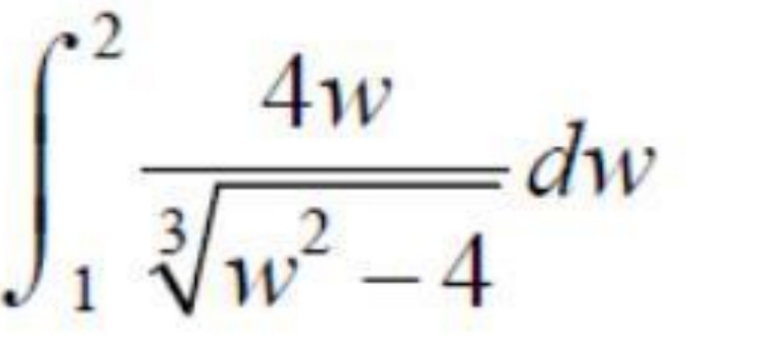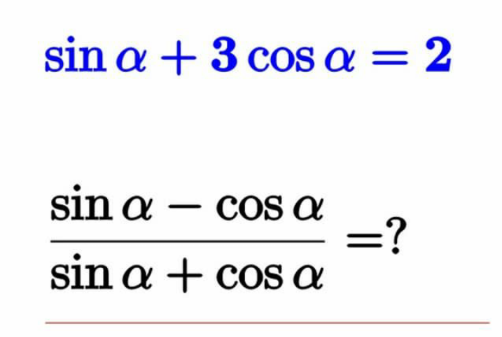
AllQuestion and Answers: Page 447
Question Number 174578 Answers: 0 Comments: 0

Question Number 174576 Answers: 1 Comments: 0

Question Number 174570 Answers: 1 Comments: 1
Question Number 174569 Answers: 0 Comments: 0
Question Number 174568 Answers: 1 Comments: 0
Question Number 174567 Answers: 0 Comments: 0

Question Number 174566 Answers: 1 Comments: 0

Question Number 174560 Answers: 2 Comments: 0
Question Number 174556 Answers: 2 Comments: 1

Question Number 174552 Answers: 2 Comments: 3

Question Number 174548 Answers: 1 Comments: 0
Question Number 174538 Answers: 1 Comments: 3
Question Number 174534 Answers: 0 Comments: 0

Question Number 174533 Answers: 1 Comments: 0

Question Number 174532 Answers: 0 Comments: 0

Question Number 174528 Answers: 1 Comments: 0

Question Number 174519 Answers: 1 Comments: 2

Question Number 174522 Answers: 0 Comments: 0
Question Number 174514 Answers: 3 Comments: 1
Question Number 174512 Answers: 1 Comments: 0
Question Number 174507 Answers: 1 Comments: 0
Question Number 174500 Answers: 1 Comments: 0
Question Number 174495 Answers: 2 Comments: 2
Question Number 174492 Answers: 0 Comments: 1
Question Number 174490 Answers: 0 Comments: 1
Question Number 174489 Answers: 0 Comments: 0
Pg 442 Pg 443 Pg 444 Pg 445 Pg 446 Pg 447 Pg 448 Pg 449 Pg 450 Pg 451
